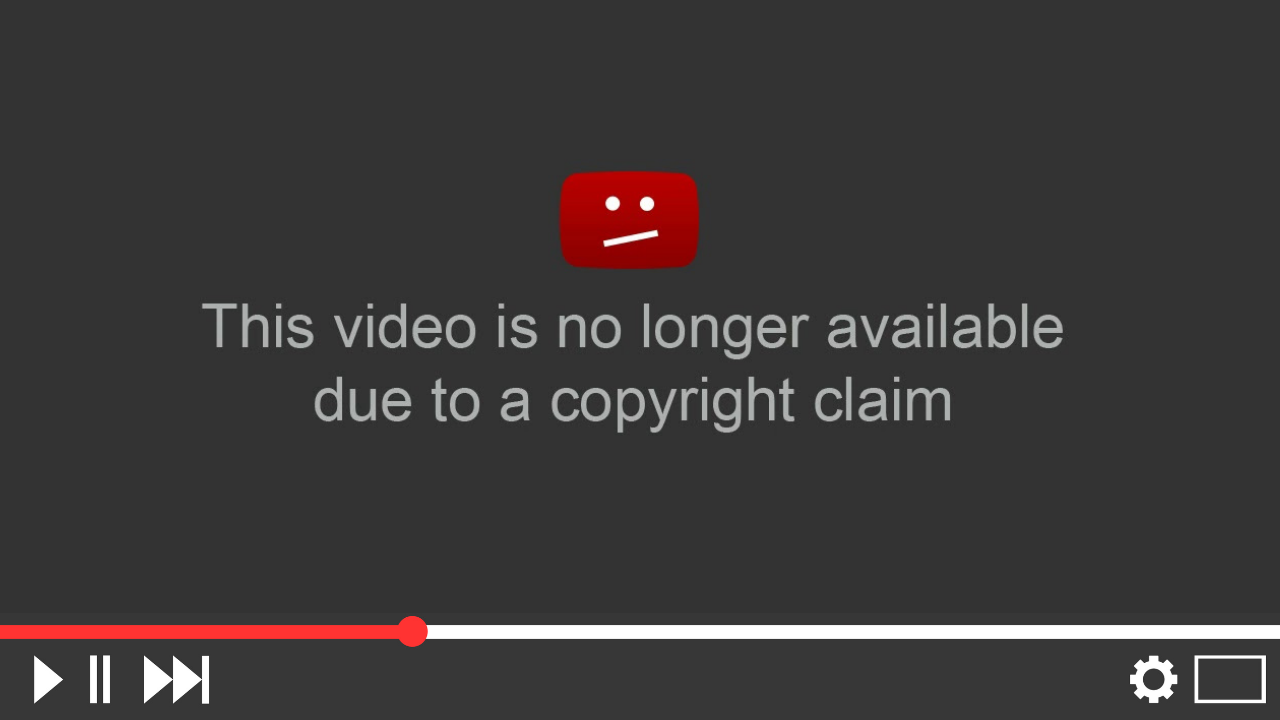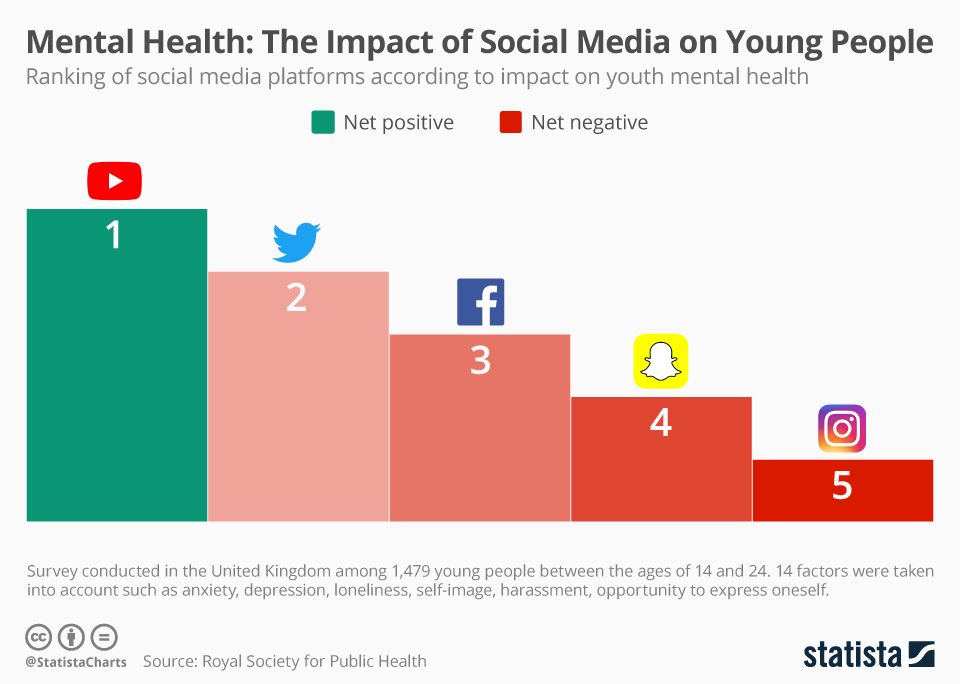YouTube is one of the largest and most popular online video distribution platforms, having more than four billion hours of video viewers monthly and an estimated 500 hours of video content uploaded every minute.
It is easily considered a behemoth of the Internet as it has completely altered the digital world and the consumption of entertainment, music, information and so on.
Where It All Began
YouTube was initially created as a platform for anyone to post any video content they desired. Other social media platforms, such as Myspace and Facebook, had seen significant success in the years prior, but none of these were specifically designed with the purpose of posting videos. Therefore, when three PayPal employees saw their opportunity to create a digital place to do so, they took it.
The first version of YouTube was created on Feb. 14, 2005 by three young men: Steve Chen, Chad Hurley and Jawed Karim.
"Video, we felt, really wasn't being addressed on the Internet," said Hurley in an early interview. "People were collecting video clips on their cell phones...but there was no easy way to share [them]."
The name "YouTube" is a representation of the platform's original purpose.
You = content is user-generated
Tube = reference to older term for television
The platform officially launched on Dec. 15, 2005, serving more than two million video views each day. The number of videos available at the site surpassed 25 million in March 2006, with more than 20,000 new videos uploaded daily.
Its rapid and immense growth led to the allocation of more funds for potential litigation, computer equipment and broadband connections to the Internet. Eventually, Google purchased YouTube for $1.65 billion in stock in Nov. 2006. Google then was able to negotiate deals with entertainment companies allowing the use of some copyrighted materials and removing tens of thousands of others.
In order to increase revenue and support the growth of the platform, Google added its advertisement service. The company also makes a profit through its subscriber-based model, known as YouTube Premium. This model offers exclusive benefits, such as ad-free videos, and charges a regular subscription fee like many other streaming services.
Positive Effects: Media Convergence and Social Influence
YouTube contributes to the idea of media convergence where people use the platform as a stepping stone to mainstream media and mainstream media uses it to promote their programs. It benefits both individuals and large companies through the variety of uses. This invention also led to the creation of a YouTuber, otherwise known as a content creator or influencer, making a living by selling ad space before or on videos they create and upload.
This platform emphasized the fine line between the creator and consumer as many people became both. Data shows that contributing comments on videos was just as gratifying and important as video creation itself. One source described the platform as a virtual coffee house, one where people share ideas and gather with other like-minded individuals.
Furthermore, the idea of amateur and professional musician, musical venue and audience member are being changed through YouTube. Many popular artists today were first discovered on YouTube, such as Justin Bieber, Shawn Mendes and The Weeknd.
Finally, the creation of YouTube has impacted education and the spread of information as content can be geared toward any age group or target audience. There is a ton of educational content posted on this platform, including how-to videos for some of the most unusual tasks.
Negative Effects: Copyright Issues and Addiction
Since YouTube deals with users creating and posting video or audio content, copyright is a common issue. This is more than a financial and legal conflict as it reflects tension between amateur, individual mediascape and professional, institutional mediascape. The platform is a space for both so it can be difficult to keep them separate and legally give credit where it is due.
 YouTube has faced issues with misinformation during presidential elections and the COVID-19 pandemic, but its Chief Product Officer claims they are "making authoritative information more prominent and aggressively removing policy-violating content."
YouTube has faced issues with misinformation during presidential elections and the COVID-19 pandemic, but its Chief Product Officer claims they are "making authoritative information more prominent and aggressively removing policy-violating content."
The platform follows the same policies for ads and political content as Google, which bans misleading information in general. Under its Community Guidelines, YouTube prohibits content that contains "spam, scams, or other deceptive practices." The platform says that it is able to remove policy-violating content by investing in new technologies and tactics for identifying malicious actors.
For some, the time spent engaging with YouTube can be excessive and potentially problematic.
The appeal of online networking, among youth specifically, has resulted in extensive and extended use of social media, which is beginning to show negative affects in health, well-being, family life and work. Both creating and viewing activities are associated with psychological and interpersonal satisfaction, which for a small minority could lead to an addiction.
Nevertheless, YouTube plays a huge role in social influence and has led to an overflow of creativity, innovation and self-expression. The creation of this video distribution platform has truly altered the digital world impacting culture, education, music, entertainment and communication as a whole.




No comments:
Post a Comment